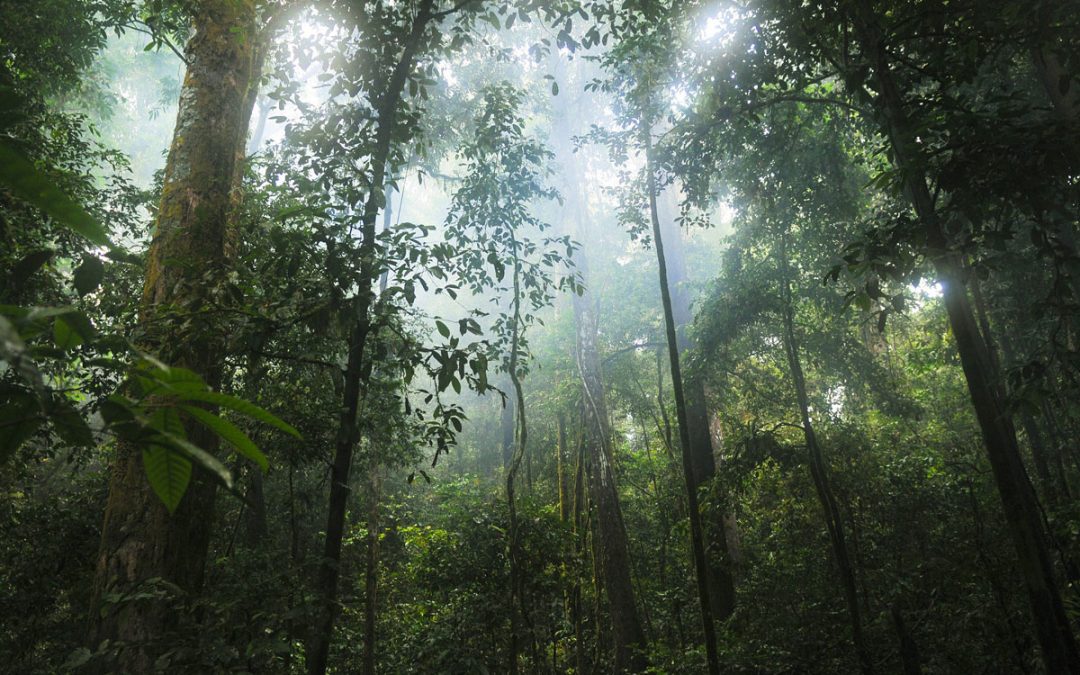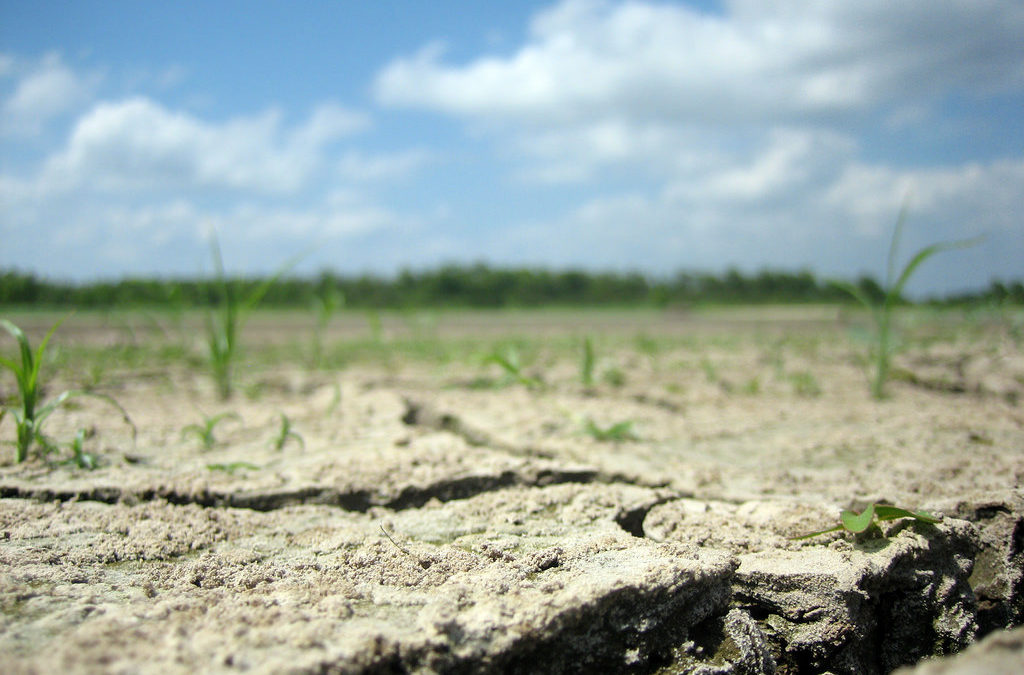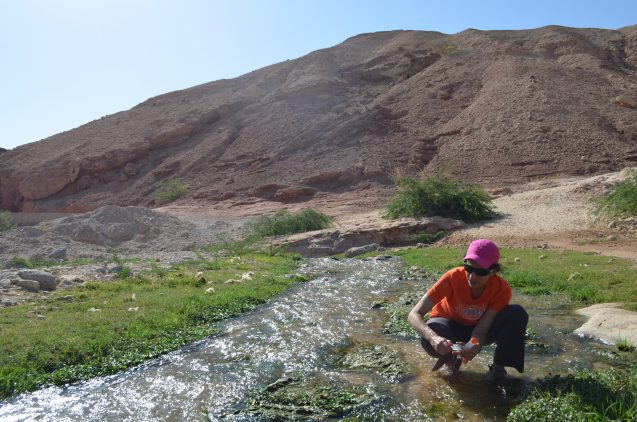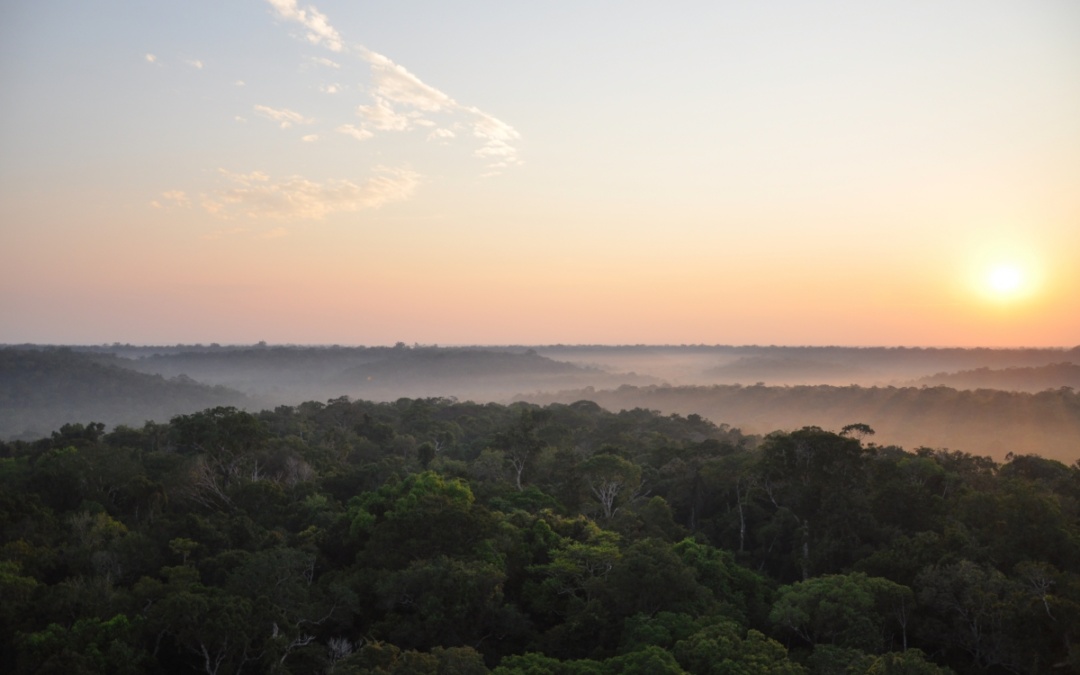
May 28, 2018
climate response
Drought
A new study led by Pierre Gentine, associate professor of earth and environmental engineering at Columbia Engineering, shows that forest height and age directly impact the carbon cycle in the Amazon.

December 15, 2017
climate change
Drought
Columbia scientists are unraveling the driving forces of one of the worst environmental disasters in human history, in hopes of predicting and preparing for the next global drought.

October 31, 2017
climate change
Drought
Scientists from Columbia University’s Lamont-Doherty Earth Observatory have found that droughts far worse than any recorded by humans have struck parts of Israel and Jordan — and similar events could occur in the future.

May 30, 2017
Climate
Drought
food security
Columbia Engineers find strong feedbacks between the atmosphere and vegetation that explain up to 30% of precipitation and surface radiation variance; study reveals large potential for improving seasonal weather predictions.




